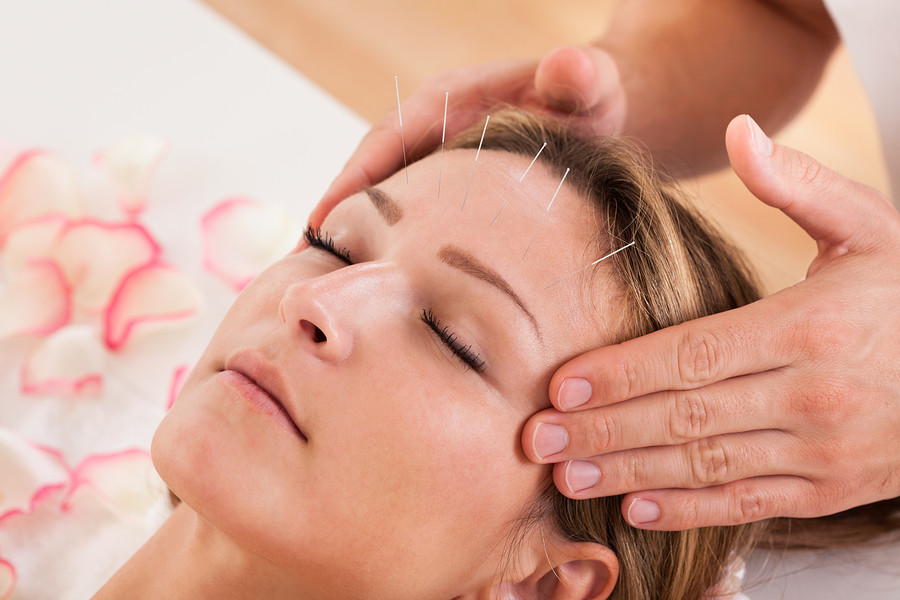What is Acupuncture?

Acupuncture In a Nutshell
In recent years, acupuncture has gained a great deal of popularity in the United States and is an increasingly sought-after modality in the treatment of pain and many other physical, mental and emotional afflictions. This practice involves penetrating the skin with very thin needles at very specific points on the body that have been found to have elevated electrical properties in contrast to non-acupuncture points. They are located along special energy pathways called meridians that transmit vital energy known as qi (chi).
This may sound like a rather foreign idea but qi is quite literally the difference between you and a fresh corpse. Both bodies have blood, bones, organs, and so on but there is a very clear difference between the two, and that is what we call qi, or the life force.
Put in perhaps more understandable western terms, “qi” is the bioelectrical current that runs throughout our bodies and the electrically charged ions that generate voltage to promote energy production in each of our cells, thus sustaining life.
Acupuncture unblocks stagnant energy
Acupuncture is based on the theory that an easy flowing movement of qi is essential to a healthy, balanced body. An obstruction or blockage of qi results in an initial imbalance, that when gone uncorrected, eventually manifests into a variety of syndromes and diseases.
With the help of acupuncture needles, which easily conduct heat and electricity, acupuncturists are able to unblock and change the movement of qi to restore harmony and health in the body. When deemed appropriate, heat, pressure or mild electrical stimulation are added to the needle for a stronger effect.
The sensation a patient experiences may range from a slight numbness and tingling, a heaviness or tightness, to a quite obvious sensation of shooting electricity. This signifies that the blocked energy is now moving. The sensation you don’t want to feel is one of sharp pain that does not subside shortly after the needle insertion.
To perform a successful acupuncture treatment that yields good results, the practitioner must have a clear understanding of how this vital energy functions and moves in the human body.
It is not the mere insertion of an acupuncture needle in the right location that achieves good results but the careful angle, depth, and manipulation of the needle as well as the intention transmitted from needler to the patient.
In order to be applied with great success, the art and science of acupuncture not only calls for extensive knowledge and skill, but for a clear and thorough understanding of the proper movement and mechanisms of the human bio-energy. This is what sets apart a mediocre acupuncturist physician from an outstanding one.


+ There are no comments
Add yours